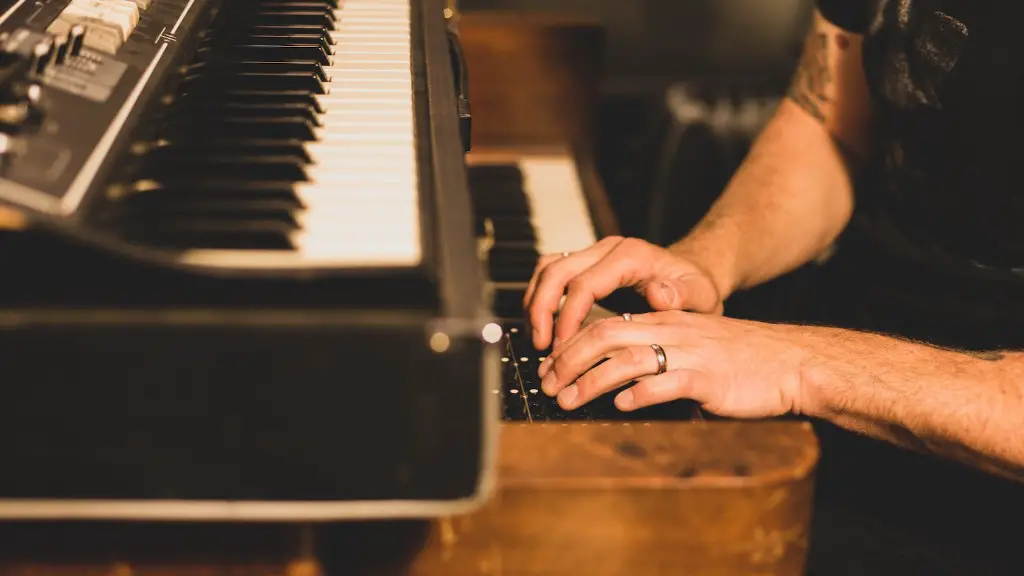How To Draw A Scared Face
Gouging out a scared face from paper, pencil and brush can be intimidating, to say the least. You start out trying to draw a human face, you want to express emotion, but it looks wrong. Fear not: scared face drawing isn’t as challenging as you may think. All you need is a bit of practice, a few tips from some experts, and soon you’ll be creating an adorable scaredy-cat with ease.
Start With The Basics
Start by sketching the basics. It’s best to begin with the eyes. Draw an oval, then draw two more ovals within the first one to show the pupils. Next, draw the nose. Follow the ovals of the eyes and draw an oval that is slightly wider and slightly longer. Then add the lips. Connect the upper and lower lips with a curved line and draw a V-shape at the center of the line to create the top lip.
Now focus on the eyebrows. Begin by drawing a soft line from one end of the eye to the other. Add a second line going in the opposite direction on the underside of the eyes. Then fill in the space between the two lines with short strokes that come together at the ends. You may make them thicker or thinner depending on how scared you want the face to look.
Finally, you’ll need to draw the cheeks. Draw a line from the nose to each side of the face, then add a soft curve from the eyelid to the cheekbone. Then with a few strokes of the pencil, fill in the area beneath the cheeks.
Add Details
To make your scared face drawing look even more lifelike, you’ll need to add some details. It’s best to focus on the eyes first. Draw a teardrop beneath each eye to indicate that the character is on the verge of tears. Then add eyelashes. They should be thin and long. Add a few freckles or beauty marks if you like. Finally, draw a few strands of hair in the center of the forehead and temples to give the face a bit of personality.
Next, add the expression. Start by raising the eyebrows. Draw a curved line above each eye, and then draw a few short strokes in the center of the brows to give them a furrowed look. Then add wrinkles to the forehead and around the eyes. These wrinkles should be short and slightly curved to indicate stress or fear.
Finally, you can add shadows and highlights to the face. You can do this with a soft brush and either paint or charcoal. Brush over the forehead and cheeks with a darker color to add the shadows. Then use a lighter color to indicate highlights. Finally, use a blending tool such as a rag to blend the colors together.
Polish The Picture
When you’re happy with the picture, you can use erasers, markers and/or colored pencils to refine it. Start by using an eraser to lighten any harsh lines. Then use colored pencils or markers to add extra details such as veins, pupils, and wrinkles. Be sure to add the darker and lighter colors to the eyes and cheeks to draw attention to the scared expression.
Next, go over the drawing with a thin brush and either paint or charcoal. You can use dark colors to deepen shadows, and lighter colors to add highlights, then use a blending tool to blend the colors. Finally, you can use an eraser to remove any excess colors or lines that you don’t like.
Learn From Examples
The best way to learn how to draw a scared face is to study the work of other artists. Search for artwork that has the expression that you’re looking for. Examine the way in which the artist has used lines and colors to create the scared look. Take note of any details that you find particularly effective, then use these ideas to create your own scared face drawing.
As you practice, try to experiment and create unique expressions. Don’t be afraid to try something new or add slight modifications to the traditional scared face. With a bit of practice, you can create a scared face that looks just as cute, or even cuter, than the standard version.
Choose The Right Materials
The right materials are essential for creating a realistic scared face drawing. Many beginners start out with graphite pencils, which can be good for sketching but may not provide enough color or detail. Colored pencils or markers offer a range of colors and can be used to create more lifelike scared faces. Paint and charcoal are also good options, as they allow you to blend colors and create soft shadows and highlights.
Finally, don’t forget the blending tools. Blending tools, such as rags or blending papers, can help you to create a more cohesive and polished look. They will help you to blend the colors together, resulting in a smoother and more realistic scared face drawing.
